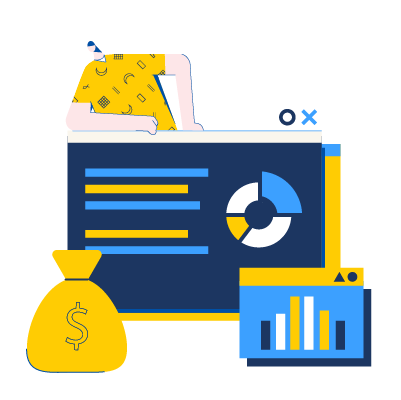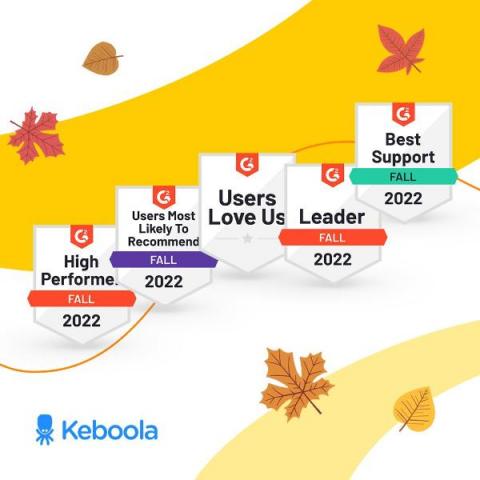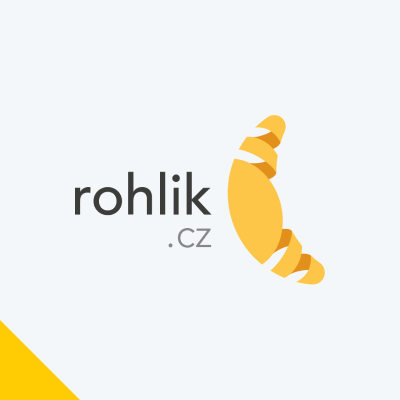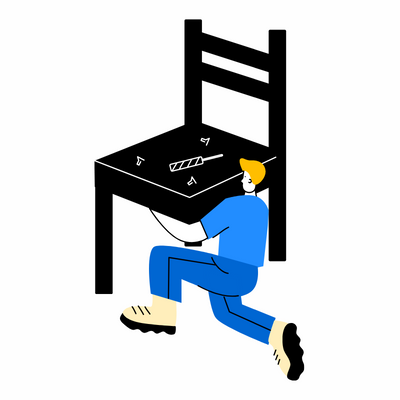Star Schema vs Snowflake Schema and the 7 Critical Differences
Star schemas and snowflake schemas are the two predominant types of data warehouse schemas. A data warehouse schema refers to the shape your data takes - how you structure your tables and their mutual relationships within a database or data warehouse. Since the primary purpose of a data warehouse (and other Online Analytical Processing (OLAP) databases) is to provide a centralized view of all the enterprise data for analytics, data warehouse schemas help us achieve superior analytic results.











